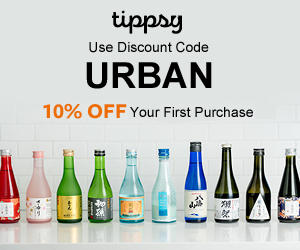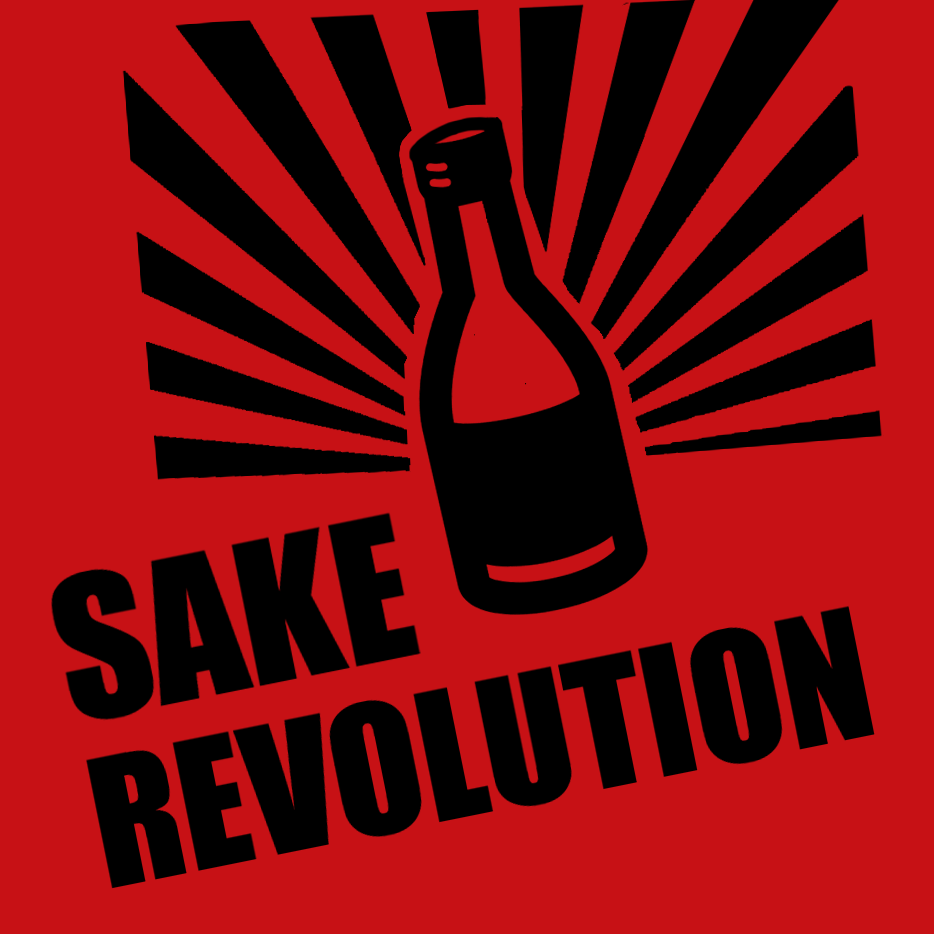Interview: Rick and Hiroko of SAKAYA
SAKAYA is already a New York City landmark for the emerging Sake community in the City. Owners and my dear friends Rick Smith and Hiroko Furukawa have been running the shop now for over 6 months with great success, working 7 days a week to keep New Yorkers supplied with top quality nihonshu.
Their schedule keeps them busy, but Rick and Hiroko were very gracious when I asked them to take the time to answer a few questions about their take on the sake biz in the Big Apple.
Q: What on earth inspired you both to open a sake shop in Manhatttan?
A: We love sake and couldn’t find a place that offered both a large selection and the expertise to answer questions. We were shocked that NYC had no such shop and given the success of True Sake in SF, a much smaller market, we thought that there was an opportunity to do something unique to further the enjoyment of premium sake in a city that embraces Japanese food and culture in so many other ways.
Q: Was there any one sake for each of you that pushed you over the edge into sake-mania?
A:Like so many of our customers, I can’t honestly remember one in particular…although, Kikusui “Chrysanthemum Mist” Junmai Ginjo and Gokyo Junmai were two of my early favorites (after the initial discovery of Wakatake “Onigoroshi” Daiginjo). But it may have been Tsukasabotan Senchu Hassaku which we found to be our first true favorite together that actually pushed us over the “edge…”
Q: Since you’ve opened SAKAYA, you’re surrounded by sake all day. Are there any new sakes that you’ve each discovered that have really caught your attention? (and why?)
A:Unfortunately, we fall in love with new sakes all the time. We probably have a new favorite every month…our latest discoveries are Tsukasabotan “Fu-in” Junmai Ginjo (Kochi) and Naraman Muroka Junmai (Fukushima). Fu-in has a lovely nose with notes of grapefruit and banana but is light as a feather with a clean, dry finish. Naraman is just a bit richer with a touch of peachy sweetness. Both sake have enough acidity to make them great matches for food too.
Q: Since you opened in December ’07, what has been the most pleasant surprise of running your own sake shop?
A:Without a doubt it is the overwhelming enthusiasm for sake that we’ve experienced from virtually everyone who has walked into the store. We knew from doing our research that all the data suggested a growing interest in sake but there’s nothing like seeing and hearing it directly from customers.
Q: What has been the biggest unexpected challenge?
A:It’s funny but the challenge that we didn’t anticipate was the need to keep our own enthusiasm in check. We’d love to carry so many different sake but practically, we have to rein ourselves in. We don’t want to overwhelm customers with too many choices. As it is, we’ve increased from the 85 sake that we started with to around 110. That number varies somewhat as there are some seasonal namazake that we only stock for the first month of their existence to ensure product freshness.
Q: There are several hundred sakes imported into the U.S… how do you decide which sakes to carry at SAKAYA?
A:It is very difficult. We taste and discuss everything before making a decision on each sake. And, we don’t always agree. We constantly strive for balance among a number of factors; the number of Junmai v. Ginjo v. Daiginjo (and price points within each), representation from the various regions/prefectures of Japan, and popularity among both American and Japanese consumers to name several.
Q: What do you predict for the future of Sake in the US? are we headed mainstream?
A: We are at a critical point in sake’s brief life in the U.S. After many years of having only limited (if any) exposure to premium sake, Americans’ awareness of it has begun to take root and as a result, we have now gotten the full attention of the sake brewing community in Japan. Since sake consumption has declined in Japan over the last 30 years, the U.S. represents a tremendous opportunity for brewers. If we in the U.S.sake community (importers, distributors, writers, restaurateurs, retailers) work closely together with them to create more opportunities for consumers to taste and learn about this exquisite beverage, we will see it become a beverage of choice for many Americans.
***********
Thank you both so much for taking the time today for an UrbanSake interview. SAKAYA is a real gem and we’re lucky to have you two at the helm of the first all-sake shop in New York. Your hard work is appreciated and I know many new sake fans are being born each week on East 9th Street. Ganbatte and keep up the fantastic work!
SAKAYA is located at:
324 East 9th Street
New York, NY 10003
212.505.7253 (SAKE)
Monday – Saturday / Sunday
12 PM – 8 PM / 12 PM – 6 PM


